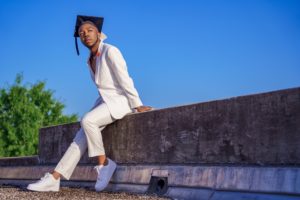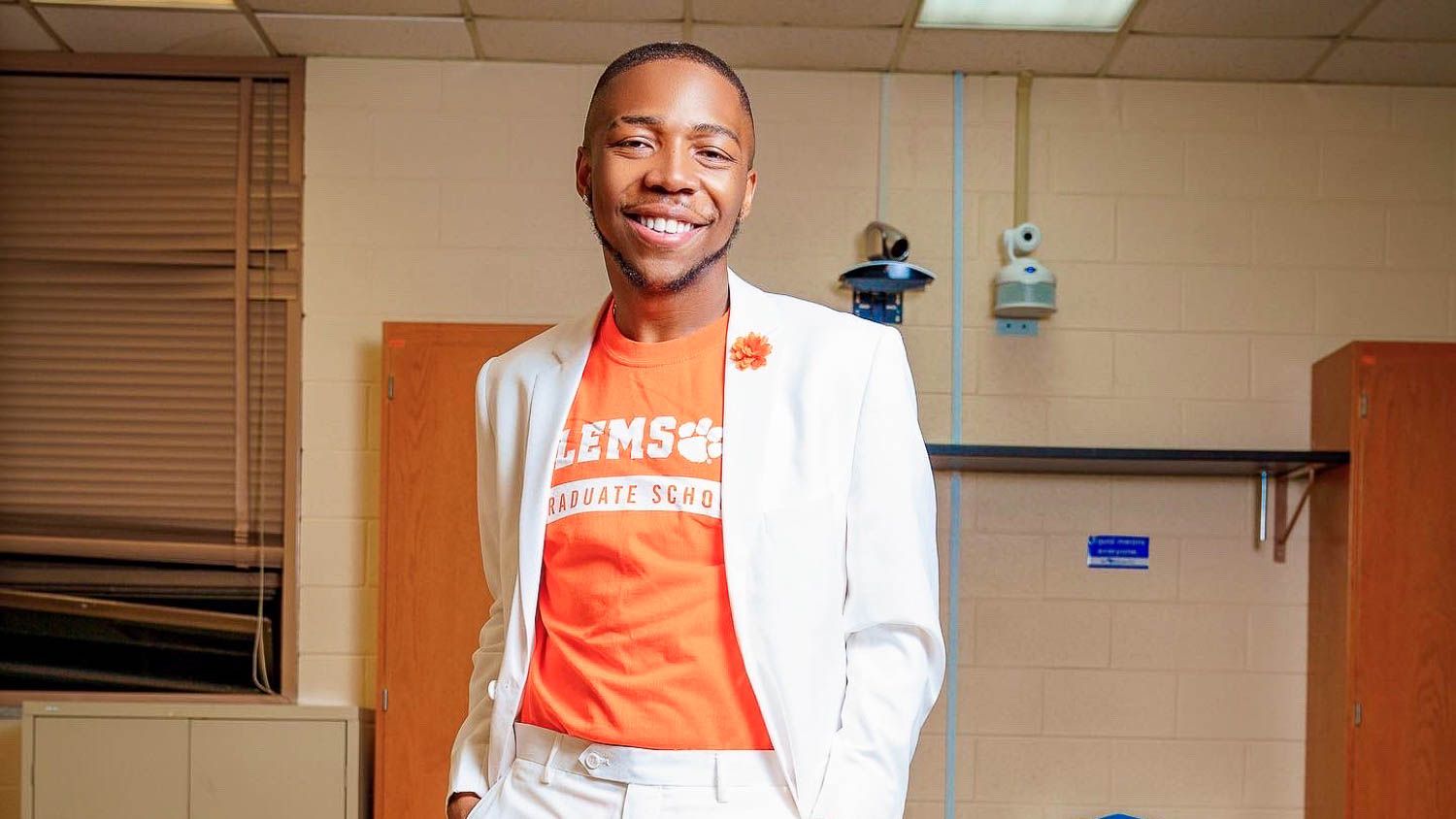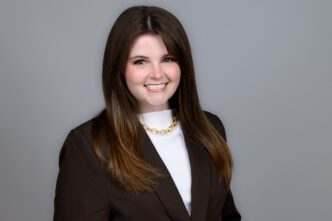Brandon Sanders’ passion for science ignited after his sixth-grade science fair.
Inspired by the “Seinfeld” where a character, George, was famously chastised for double-dipping, Sanders incubated and grew bacteria cultures to find out if dipping a chip, taking a bite and re-dipping the remaining chip was actually unhealthy. As he watched the bacteria come to life and did in-depth research, his interest in science grew.
“I just found a passion for science,” Sanders said. Due to health disparities that he witnessed while growing up in Marion, South Carolina, Sanders thought he would pursue medicine as a career.
That changed when he attended Claflin University, a historically black university in Orangeburg, South Carolina, as a Presidential Scholar in the Alice Carson Tisdale Honors College. Conducting research at two medical schools opened his eyes to the possibility of career in research. Becoming a National Institute of Health Research Initiative for Scientific Enhancement scholar at Claflin solidified his dream of one day becoming a biomedical researcher.
The other side of science

“I fell in love with the other side of the sciences,” said Sanders, “Coming from a rural area, most people think you can only be a teacher, a lawyer, or a doctor — and that’s a doctor of medicine, not research.”
Sanders earned a Bachelor of Science in biology, graduating magna cum laude, and a Master of Science in biotechnology from Claflin.
Encouraged by a professor, he attended the STEM All In program to see if Clemson would be the right fit for him to further his education.
STEM All In brings students to campus early in the graduate school application process to learn about STEM-related research opportunities at Clemson and to meet with faculty, staff, students and alumni. A big part of the goal is to increase the number of students from underrepresented groups in STEM fields.
Misconceptions
“I fought going to Clemson almost all my life,” Sanders said. “Coming from an HBCU, and Clemson being a predominately white institution, I had a few misconceptions of what attending Clemson would be like,” Sanders said. “After seeing so many people who looked like me and being able to see people who have graduated from Clemson who are doing amazing things in the real world, I felt like Clemson was the place I needed to go.”
In the fall, Sanders will begin pursuing his Ph.D. in Biological Sciences. He plans a career in academia. “I want to teach at a HBCU much like my alma mater and conduct my own biomedical research. I want to become mentor for my students and provide opportunities for them to flourish and encourage them to pursue their dream regardless of what society may tell them,” he explained.
Please help us welcome him!







